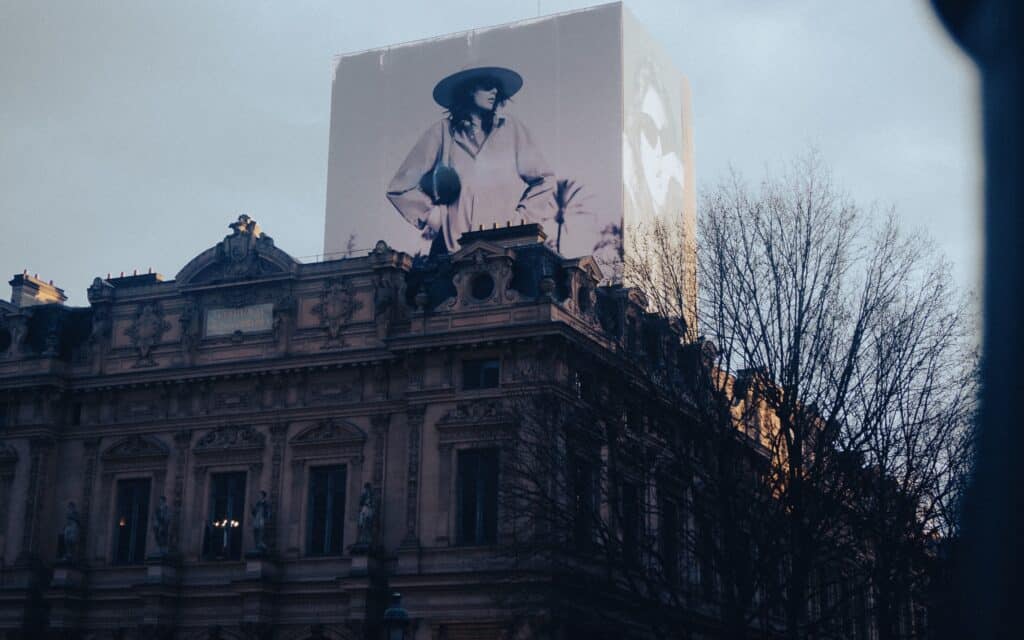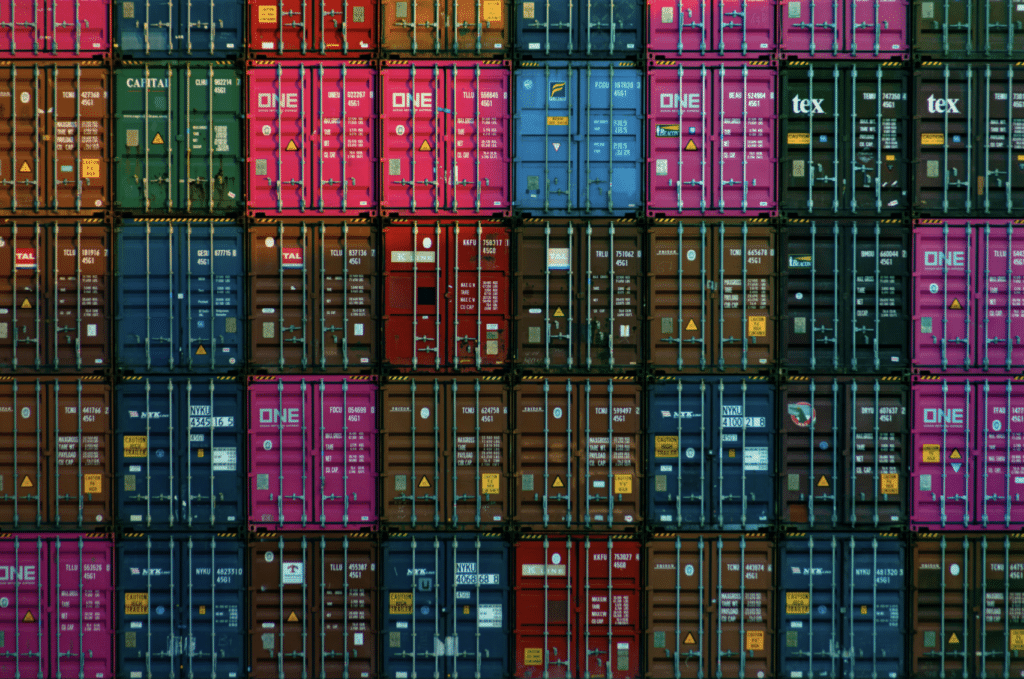The fashion and luxury goods industries are experiencing profound and immediate changes amid the tariff-centric back-and-forth that is playing out under the Trump Administration. In response to escalating tariffs that are being rolled out (and in some cases, subsequently halted) by the Administration, brands might be forced to reimagine their manufacturing strategies to bolster production within the United States. The recent imposition of a 125 percent tariff on goods coming from China, for instance, is expected to have a significant impact on the fashion industry, which relies heavily on global supply chains.
These tariffs and others, the bulk of which have been halted for 90 days, are slated to prompt increases in production costs for a large pool of brands, which are toying with the idea of relocating manufacturing operations to the U.S. to avoid these additional expenses. Against that background, brands across industries, including fashion and luxury, are exploring U.S. manufacturing to mitigate the impacts of tariffs, as well.
A Delicate Balance?
No small feat, a meaningful shift to U.S. manufacturing would be a balancing act for luxury industry entities. After all, the “Made in Italy” or “Made in France” labels that appear on high-end apparel and accessories items “increase their appeal to some consumers.” At the same time, a “Swiss Made” label, in particular, has been reported to give rise a whopping 50 percent premium in the value of certain goods, namely, watches.
While a shift from European- to American-made may have been unfathomable in the past (and still would be untenable for certain products, such as those that are subject to geographic indications – like Champagne or Shetland wool), there are a number of factors that might make the endeavor a bit more tempting now. Looking beyond the role that tariffs play in the equation, there are questions to consider about the modern value of “Made in” labels in the luxury goods market. Among them: Do consumers really care what a product’s label says when it comes to country of origin? Shifting consumer values (away from the draw of luxury brands’ heritage, for example) and a rise of less-than-flattering headlines about what “Made in Italy” labels, for instance, actually entail suggest that the adoption of “Made in the USA” labels – as opposed to “Made in France” or “Made in Italy” might not generate negative responses from consumers.
> In other words, the sticking point for brands and consumers is less about the manufacturing country of origin than it is about control of the operations and the quality of the output, “Once a luxury brand operates the factory itself and keeps standards high, its customers are less likely to react badly to production in a new country,” says luxury analyst Luca Solca.
Also, the “Made in America” label has been gaining appeal, offering benefits, such as lower energy costs and potential subsidies for local job creation. A big assumption here, of course, is that such manufacturing is currently possible; there is a reasonable chance that the American manufacturing generally sector lacks the specialized craftsmanship that luxury brands command. Additionally, establishing new facilities requires significant capital investment and time.
Louis Vuitton, for one, is reportedly experiencing the difficulty of state-side manufacturing. LVMH’s largest player maintains several factories in the U.S., including one that it opened in Texas in 2019 during Trump’s first Presidential term, but not without issue.
The luxury goods company’s handbag factory in Alvarado, Texas, which opened in 2019 with support from then-President Donald Trump, has encountered significant operational issues, according to new reports. Intended to boost U.S. production and sidestep potential tariffs, the facility has struggled with productivity shortfalls, quality control problems, and a lack of skilled labor, per Reuters. Former employees report high defect rates and intense pressure to meet output targets, sometimes leading to concealed flaws. Despite receiving millions in local tax incentives and promising to create up to 1,000 jobs, the plant employed fewer than 300 workers as of early 2025.
The luxury goods company’s handbag factory in Alvarado, Texas, which opened in 2019 with support from then-President Donald Trump, has encountered significant operational issues, according to new reports. Intended to boost U.S. production and sidestep potential tariffs, the facility has struggled with productivity shortfalls, quality control problems, and a lack of skilled labor, per Reuters. Former employees report high defect rates and intense pressure to meet output targets, sometimes leading to concealed flaws. Despite receiving millions in local tax incentives and promising to create up to 1,000 jobs, the plant employed fewer than 300 workers as of early 2025.
While LVMH’s leadership is said to be giving “serious consider[ation]” to a move to bolster its production capacities in the U.S., the group has reportedly faced logistical and recruitment hurdles in relocating skilled artisans.
Such efforts are not limited to LVMH; like Louis Vuitton, Rolex has branched out in the U.S. – albeit in a service-focused capacity and not a design/manufacturing one. Even still, it is worth noting that the Swiss watchmaking giant began engaging in stateside expansion in 2001 when it opened the Lititz Watch Technicum in Pennsylvania to address the shortage of skilled watchmakers in the U.S. More recently, it opened its Watchmaking Training Center in Texas in 2023 in order “train students as Rolex Certified Watchmakers and help them pursue careers working in Rolex’s service network across North America.”
Looking Ahead
As the geopolitical landscape continues to evolve, luxury brands are being forced to adopt an increasing amount of agility, balancing the allure of traditional European craftsmanship with the practical benefits of U.S. manufacturing. The rising expansion by luxury goods companies into American production facilities represents a strategic adaptation to current economic challenges, aiming to preserve brand integrity while optimizing operational efficiency and of course, minimizing exposure to tariffs.
Updated
April 11, 2025
This article was initially published on February 6 and has been updated accordingly.














